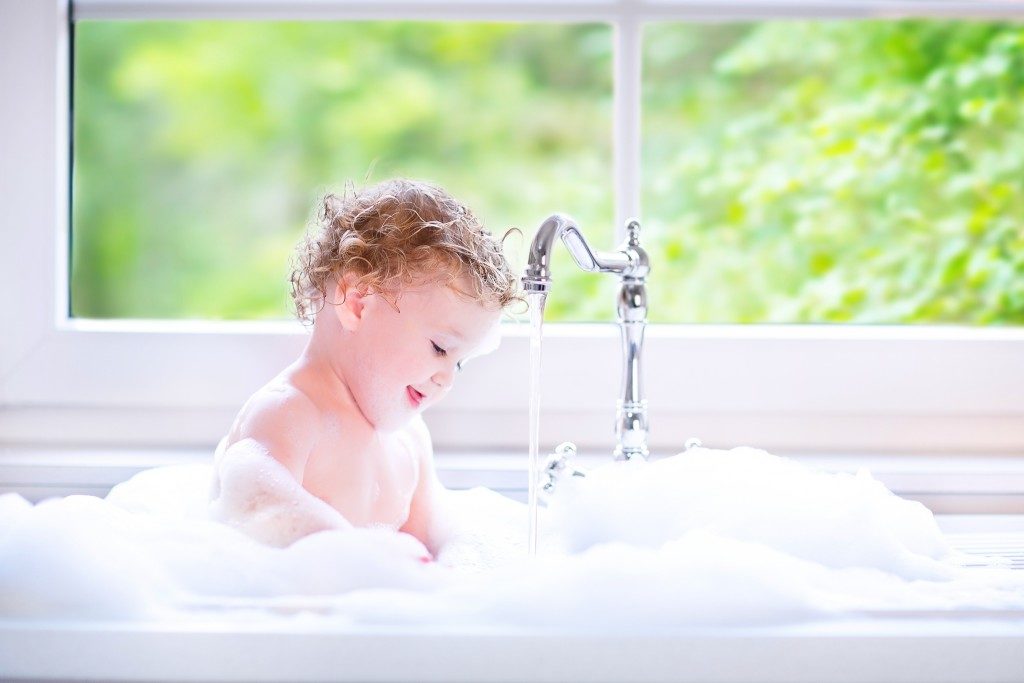Have you ever been in the shower or bathtub and the water temperature shoots suddenly? The result is often confusion and frustration. The water temperature may change due to many reasons, so knowing how to troubleshoot water heaters can come in handy.
Let’s get started.
The Troubleshooting Process
The first step for any plumbing issue is to isolate the problem. For instance, you can turn on the showers in the house one by one and identify which ones have problematic heaters (e.g., slow to heat, inconsistent temperature). Follow it up with a visual inspection. Check the pilot light, circuit breakers, and thermostat. Keep in mind that thermostats today have a high limit safety switch that keeps the water inside the tank from exceeding 180 degrees Fahrenheit. It’s possible that the switch shuts off before the system reaches the ceiling temperature. Find the resetting procedure in your user’s manual; and if even that fails, it’s time to call a professional plumber from Woodbridge who can undoubtedly sort things out. Your heater might be faulty because of other reasons beyond your ability to repair.
• Inverted temperature knob
• Old-fashioned pressure-balancing valve
• Cycling in a tank-less water heater
• Poorly set anti-scald ring
What Is the Ideal Temperature?
 The ideal water temperature is subjective. One thing’s for sure, though: no one wants it too cold or too hot. For the sake of having a standard built on scientific evidence, many researchers have published studies citing the ideal water temperature for bathing. Opinion is still divided on this matter, but one widely cited research was an early study featured on the Canadian Journal of Infectious Diseases. It stated that the ideal temperature for electric water heaters is 60°C. Oil and gas water heaters should at 49°C because they have a greater scalding risk. For multi-family housing with complex water distribution systems, the World Health Organization (WHO) developed guidelines for all types of water heaters. Among them is that the temperature in water heater tanks should be 60°C at least once in a day. This is to prevent contamination in the shared water supply.
The ideal water temperature is subjective. One thing’s for sure, though: no one wants it too cold or too hot. For the sake of having a standard built on scientific evidence, many researchers have published studies citing the ideal water temperature for bathing. Opinion is still divided on this matter, but one widely cited research was an early study featured on the Canadian Journal of Infectious Diseases. It stated that the ideal temperature for electric water heaters is 60°C. Oil and gas water heaters should at 49°C because they have a greater scalding risk. For multi-family housing with complex water distribution systems, the World Health Organization (WHO) developed guidelines for all types of water heaters. Among them is that the temperature in water heater tanks should be 60°C at least once in a day. This is to prevent contamination in the shared water supply.
Some Causes of Unstable Temperature
Changing water temperature is a common problem with water heaters, and there could be several causes for this. Sediment buildup is one. Over time, hard water could leave scale deposits the bottom of the tank and serve as an insulator against the external burner system. An excess of sediment could result in a steady stream of tepid water no matter how high you turn the heater gauge.
Another cause could be a damaged dip pipe. The dip tube runs from the bottom of the tank to the water line. Its role is to prevent the hot water and cold water from mixing. If it gets broken or cracked, the heater could send cold and hot water intermittently through the showerhead.
These are complex problems that aren’t easily solved with DIY troubleshooting and therefore best left to the experts. Rather than attempt to repair the equipment by yourself and make the problem worse, as a result, contact your local Woodbridge plumbing company. They can fix the problem in no time.
Your time in the shower or tub is supposed to be relaxing and enjoyable, but that won’t be the case if your water temperature is inconsistent. If this issue has affected you, you can use a number of diagnostic measures to solve the problem. If the cause, however, is too complex, contact a professional immediately.




